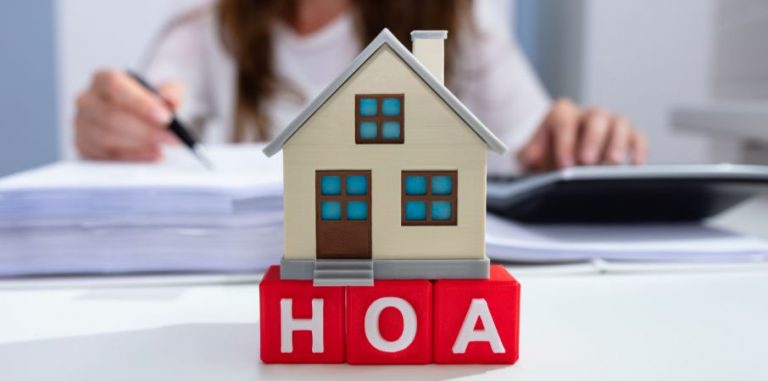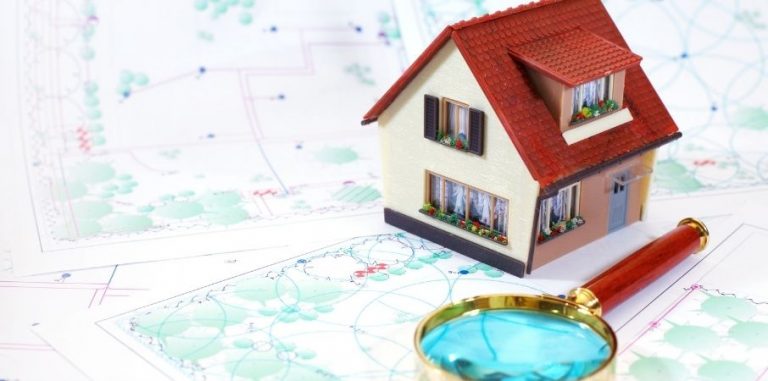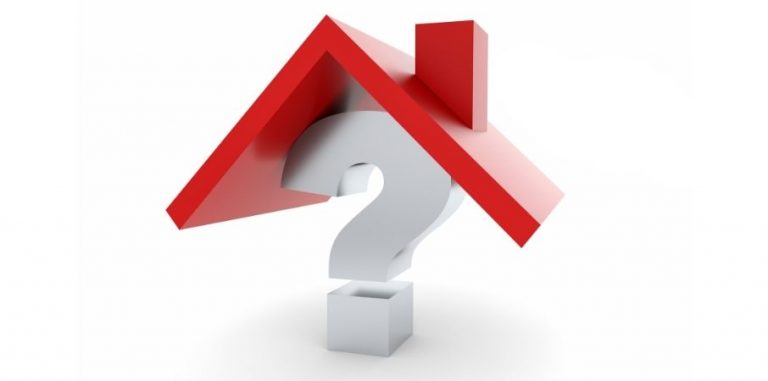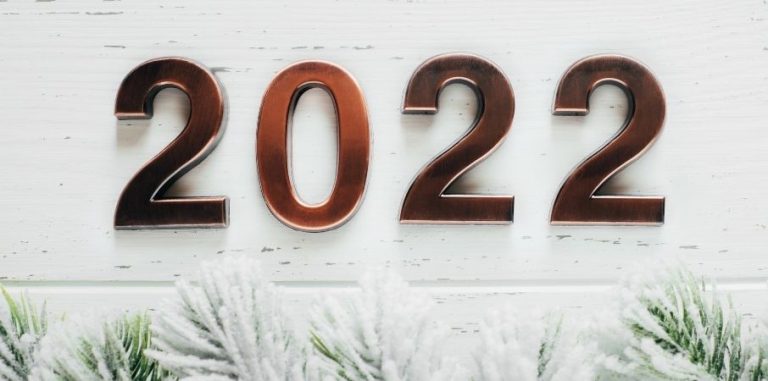Properly maintaining your rental property may seem fairly straight forward.
Roll on some fresh paint, throw in some appliances, vacuum the carpets, and you’re all set, right?
Not by a long shot.
If you currently own, or plan to own rental property in Central Indiana, you have many, many statutory requirements that must be fulfilled to ensure your property is compliant.
It’s important to meet those requirements to create an attractive product for prospects, keep your Tenants safe while living there and to help reduce your liability as a Landlord.
So, how do you make sure everything is up to code?
Resources like the Marion County Minimum Standards and HUD Occupancy Standards are extremely helpful in understanding what is expected.
In this blog, we’ll break down the general property standards you should uphold in all of your units, but keep in mind that it is also your responsibility to do your research to ensure your properties are in the proper condition.
Do Your Units Meet The Amount Of Space needed?
According to the Indiana Guidelines, you must have certain room sizes for habitable rooms within your property. Areas that don’t count as habitable are:
- Bathrooms
- Laundry rooms
- Furnace rooms
- Pantries
- Kitchenettes
- Utility rooms (with less than 50 square feet of floor space)
- Foyers
- Stairways
- Closets
- Storage spaces
- Recreational areas
- Workshops
- Connecting corridors
In order for a room to be considered habitable, it has to be an area that is meant for sleeping, cooking, eating, or living. All habitable rooms need to have at least a seven foot ceiling (except, if the ceiling is sloping, then half the area needs to have at least a seven foot ceiling).
A bedroom must be no less than 70 square feet for the first occupant and an additional 50 square feet for each additional occupant.
A bedroom must have a proper door, closet and 2 means of egress (i.e. a door and an operable window, to code, that allows escape during an emergency).
Are Units Clean and Sanitary?
Before tenants move into your property, it is necessary for the unit to be cleaned.
No one wants to move into a home that is dirty. Properties that are unclean don’t show well, don’t create a good first impression for potential Tenants, and can cause Tenants frustration and disappointment when they move into a property.
To make the cleaning process easier, it’s best to make a checklist of the various areas within your property. The checklist will be useful for you when it comes to maintaining the quality of your home and also for the Tenant when it comes time for them to move out.
Both the Tenant and Owner will have responsibilities, so make sure you are aware of who should be doing what.
Sometimes, not all units will have the same features, so it might be best to create separate lists for each to ensure everything is sanitized properly and not missed.
Professional cleaning should be a part of your cleaning checklist as well for units that have carpet or other features that require a better clean.
Another part of the process is the removal of all items that are not part of the unit.
As frustrating as it is to walk into an unclean home, it can also be frustrating to walk into a home that has the Owner’s or previous Tenant’s belongings. Everyone has their own furniture and belongings they bring with them to make their new home their own. No one wants to be burdened with someone else’s unwanted possessions.
Is Your Property Safe and Secure?
One of the main responsibilities of being a property owner is making sure the property is safe and secure. Two major components of this include smoke detectors and locks.
Smoke detectors are required in all rental properties in accordance with state and local codes. You should check the code requirements in your area to ensure your rental property has the required number, proper placement, and correct type of smoke detectors.
In most areas, Tenants are responsible for the periodic testing of smoke detectors and replacement of the batteries, as needed, while they occupy a property. They are also responsible for reporting to the Property Owner or the Property Manager if any smoke detectors are not functioning properly.
Smoke detectors should also be tested whenever a Tenant vacates a property and again before a new Tenant takes possession of the property. During the property turnover, all smoke detectors should be evaluated for proper operation, placement, and that the correct number and type of smoke detectors are installed per local and state codes.
Additionally, all batteries should be replaced at this time if the units are not equipped with a 10-year battery. It’s also important to note that smoke detectors have a lifespan. Smoke detectors older than 10 years must be replaced.
Keys and locks also help ensure the safety of your Tenant, their belongings, and your property, yet many Property Owners overlook the importance of changing or re-keying the locks between Tenants or changing the locks when they acquire a new property.
Everyone should feel safe and secure in their home and changing or re-keying all locks is a simple and affordable way to help give your Tenant peace of mind and to help protect your property.
Does Everything Function Properly?
Below is a list of some other items you’ll want to ensure are in order before and while leasing your rental property:
Interior Surfaces: These surfaces will include carpets, paint, and interior walls (all of them need to be secure and in good condition). The carpet shouldn’t be any older than 7 years. Paint should not be chipped or peeling and no older than 4 years. For the interior walls, there should not be any holes or cracks greater than a quarter inch.
Exterior Surfaces: Make sure that everything is secure. You don’t want any gaps, holes, or cracks that are bigger than a quarter inch. There shouldn’t be any rotting wood or peeling paint as well. Everything should be weather tight to protect the home from damage. All potential tripping hazards such as cracked, and uneven concrete or pavers must be corrected.
Windows: Similar to interior surfaces, everything should be secure and weather tight with no damages. Cracks, broken or missing locks, damaged or missing screens need to be repaired or replaced.
Doors: Every unit needs to have at least two means of egress. All doors need to have functioning locks and be able to open, close, and latch without complications.
Plumbing: The plumbing is important and needs to be running properly by having an active water source that is sanitary. Every fixture (shower, sink, etc.) must have hot and cold water services. All parts need to be operating properly as well. This includes drains working at all times.
Electrical: Electrical is another big part of a home that needs to have proper conditions. For lighting, permanent overhead lighting with switch controls must be in all baths, kitchens, garages, and laundry rooms, and every other habitable room needs either an overhead light or a wall outlet that can be used for lighting. For outlets, there must be at least one in each habitable room, ground-fault circuit interrupter (GFCI) protection must be installed in all bathrooms, kitchens, and exterior outlets, and unless an outlet is used for appliances or has a GFCI protection it CANNOT be within six feet of a water source.
Equipment: Any equipment that is installed in or on your property must run properly and be well maintained. Because the equipment is considered an inducement to rent, it needs to be maintained throughout the entirety of the lease. Or, if you don’t plan to maintain the equipment, you will need to remove it from the property to prevent confusion and disappointment. Examples include appliances, water softeners, water filtration systems, etc.
Fireplaces: Fireplaces are a nice amenity for Tenants, but have huge safety considerations. We always recommend yearly, professional cleaning and inspections. We require all fireplaces to be free of defects or conditions that make it unsafe. If a fireplace cannot be repaired, it will need to be disabled and notated in the lease that it’s decorative only. That way Tenants are aware of the situation and will not use it.
Heating and Cooling: No one wants to live in an overheated or extremely cold home. Plus, it can cause damage to your property when there are drastic temperatures. Properties must have a permanent heat source in every habitable room that can provide at least 68 degrees of warmth. If an AC system is provided, then it must be maintained and functioning properly.
Handrails, Porches, and Stairs: If there are four or more risers on your staircase, a handrail that is code needs to be provided, and they should follow these residential-stair-code building codes. Other places that need a handrail included are balconies, porches, and patios that are more than three feet higher than adjacent areas.
Foundation, Roof, and Walls: Each of these must be up to code with no active water leaks. You won’t want damage to the structure of your property and neither will your Tenants, so make sure everything meets the building code requirements.
Do You Have A Multi-Family Building?
You may be aware of these requirements already from either living in various apartment communities or from knowing someone who has.
One of these responsibilities relates back to safety. You as the owner have to maintain fire-safety protection in common areas throughout the building above the per unit requirements for all rental dwellings. This includes things like smoke detectors, fire extinguishers, emergency lighting, and exit signs.
As the Owner, you are required to provide trash removal along with yard and grounds care such as weeding, snow removal, trimming, mowing, etc.
Common areas such as stairways, common hallways, and common laundry rooms are your responsibility to keep clean and safe. This includes the requirement of all stairways and common hallways to have adequate lighting at all times.
Conclusion
Understanding the general property condition standards is a huge responsibility that falls on the Owner of the home, but we are here to help if you have any questions. That includes identifying what responsibilities are the Tenants, which will need to be outlined in your lease agreement.
Everything stated above is to help protect not only your property, but also the people living there.






